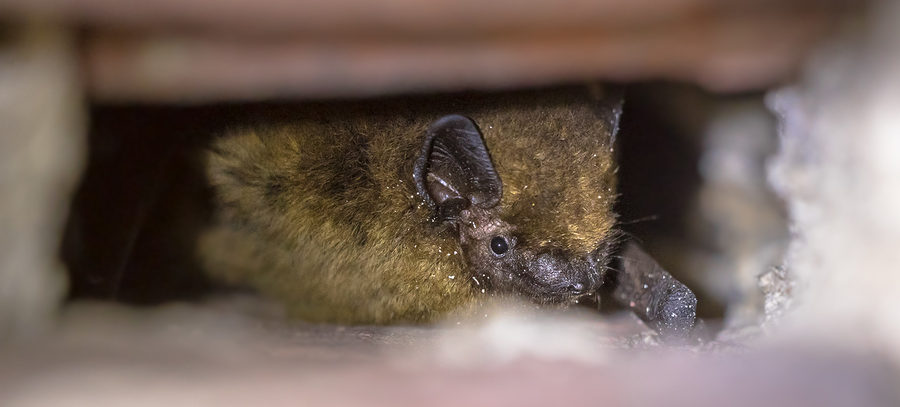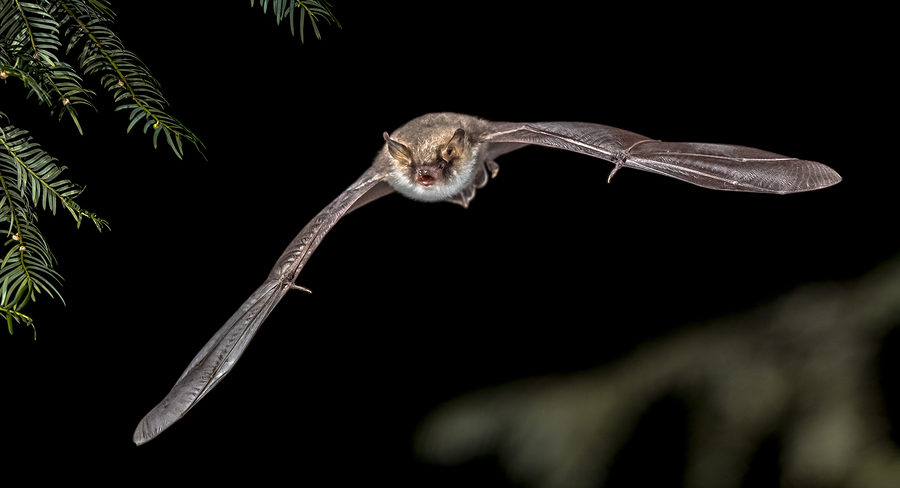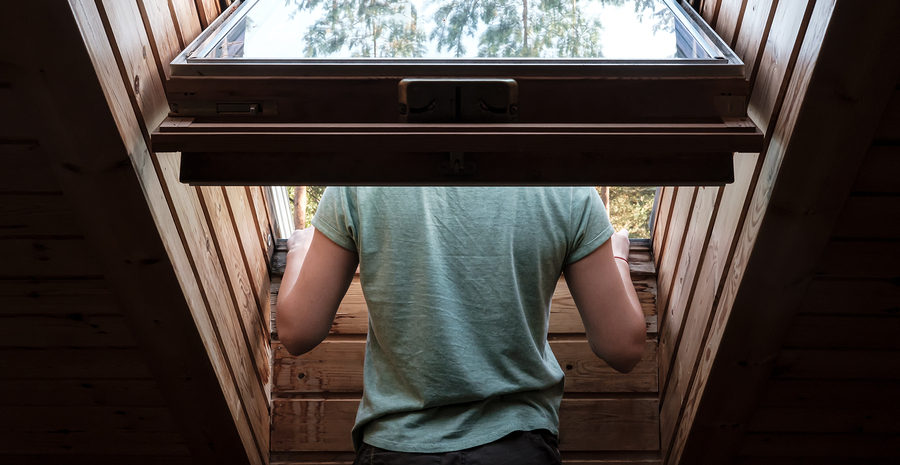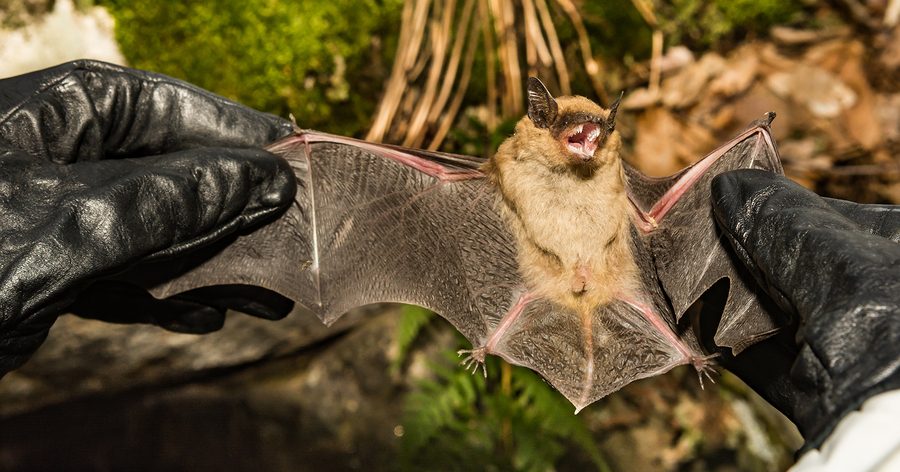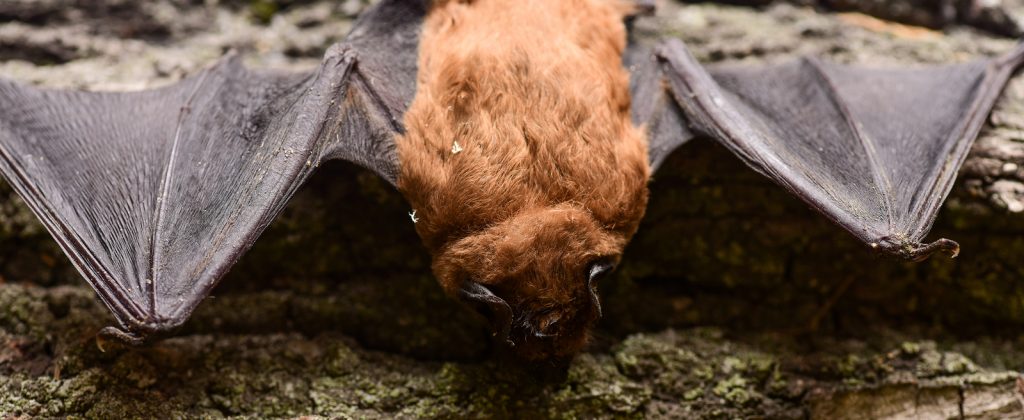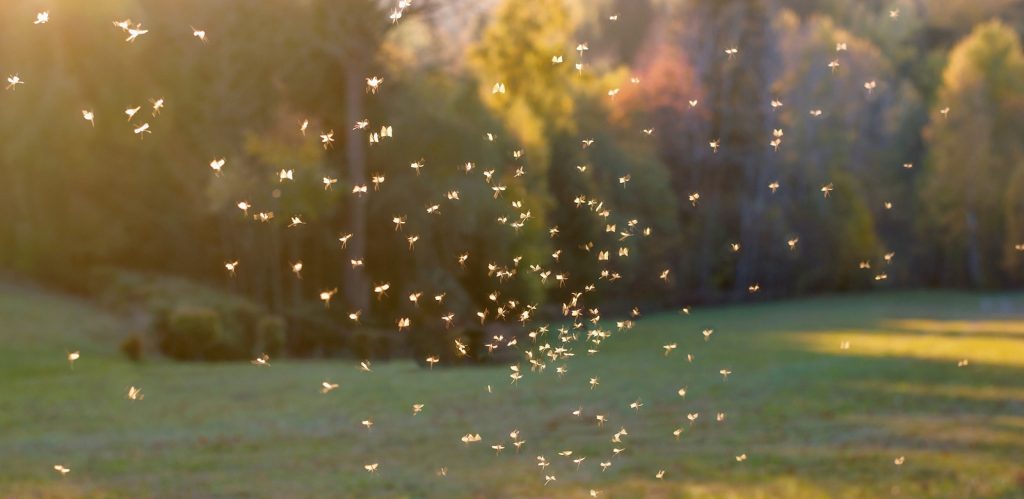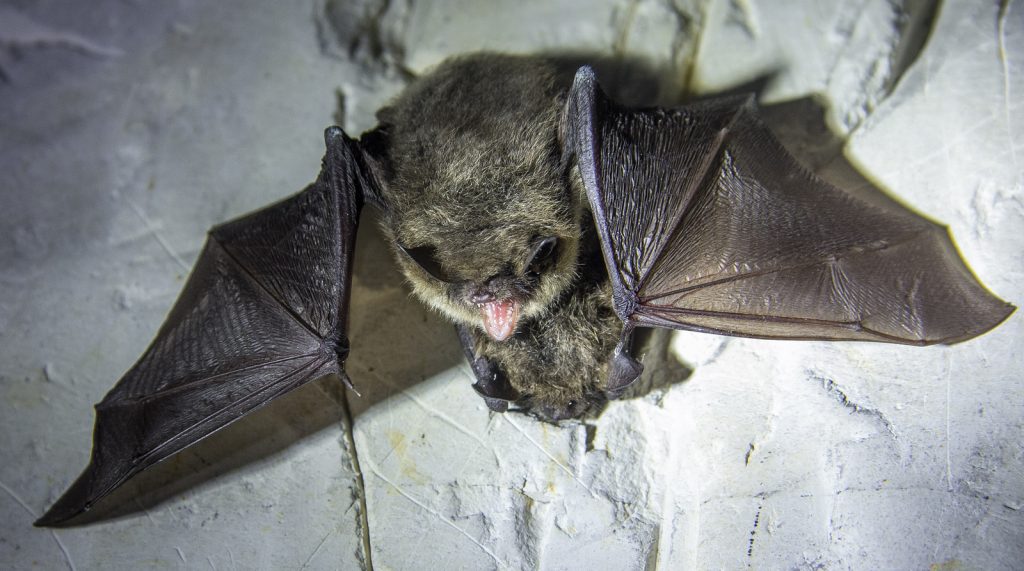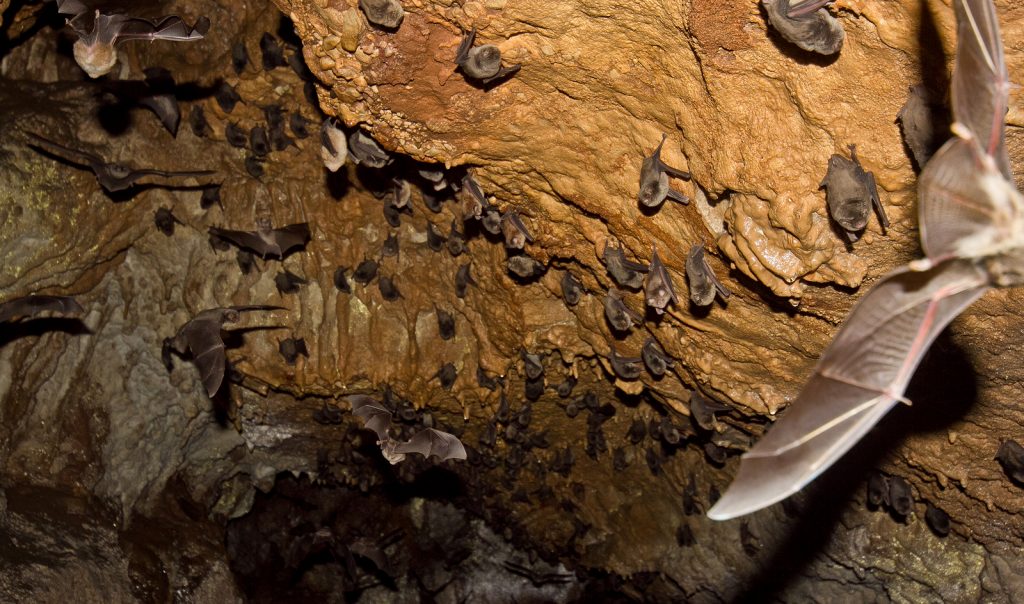Although bats have high ecological value, we do not one them roosting around our properties. They can cause a range of structural damages inside and outside, and pose a long list of health and safety hazards. For these reasons and more, it is in your best interest to resolve a nuisance about problem before it can get worse. One of the best ways to protect your home from nuisance bad infestations is to implement routine inspections of your property.
Start with some of the more common areas bats like to hide, including these 5, below.
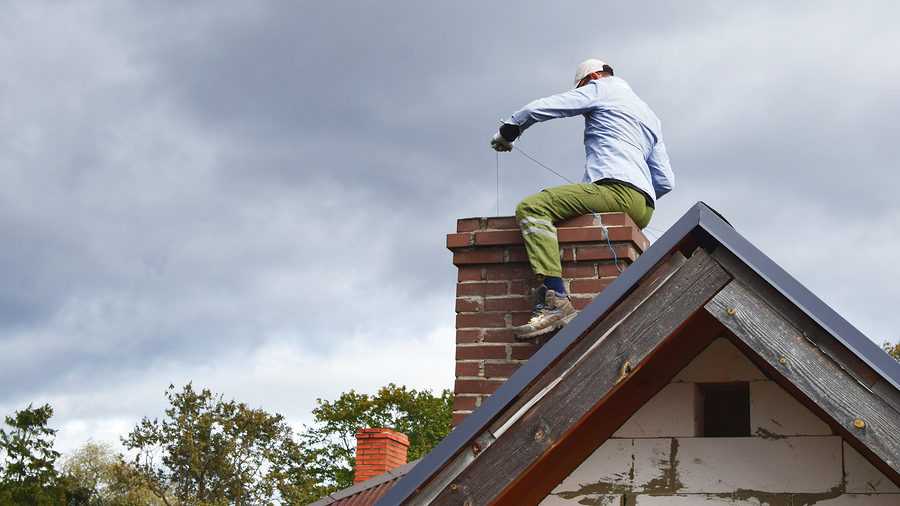
Attics
Bats love the dark warm climate of an attic space, which is why you typically find colonies roosting here. Attics are one of the first places professional bat abatement specialists check when they are implementing a property inspection for bat activity. After the sun sets, the air currents come in through the vents, cooling the attic down. Bats are sensitive to such air currents, so they awaken them every evening when it is time to go hunt for insects. The cycle continues until an extraction is performed.
Crawl Spaces
Crawl spaces are another common place to find roosting bats, and for much of the same reasons you find them in attics. Crawl spaces are dark and warm, making for a cozy spot to rest during the day. They are also accessible through gaps and openings high in the house, or through conduits and utility vents.
Chimneys
Chimneys are very common spot for bats to roost, particularly because they are so easy to access. They can also crawl down from the fireplace through a wall, crack, or gap. The most common signs for bats and chimneys are seeing accumulations of guano (bat droppings) around the structure.
Roofs
Bats are also known to choose rooftops for roosting. They particularly target the corners of a roof, near the vents in the upper siding or the roofing and louvers. Bats will also roost underneath shingles, especially in tile roofing systems. This can cause all sorts of damage, including missing shingles, cracks, water leaks, and more.
Log Piles
Although you wouldn’t suspect it, bats enjoy the warm and cozy privacy that log piles offer. They are very easy to access, and often go unsupervised and unused for weeks at a time. This can be somewhat dangerous if a bat is surprised by searching fingers reaching for a fire pit log. It can also pose a problem with disease, and put your home at a higher risk of interior bat infestations.
What To Do if You Find Bats
If you discover bats living in or around your property, it is important to immediately separate yourself and your loved ones (including cats and dogs) from the vicinity of their roosting area. Under no circumstance should you ever attempt to touch or trap a wild bat. Your next step is to contact a licensed Indiana bat removal and control company for emergency bat extraction services. Whether day or night, skilled professionals have the experience and resources necessary to safely remove bats from any location, at any time.
Indianapolis Bat Control Assistance You Can Afford
Call 317-535-4605 for professional Indianapolis bat removal services you can trust. We are DNR licensed wildlife rescue and control professionals who specialize in a wide range of residential and commercial bat abatement services. We only use safe and humane methods to extract bats and prevent their return, and offer the most competitive prices in town. Request a free estimate, today.


